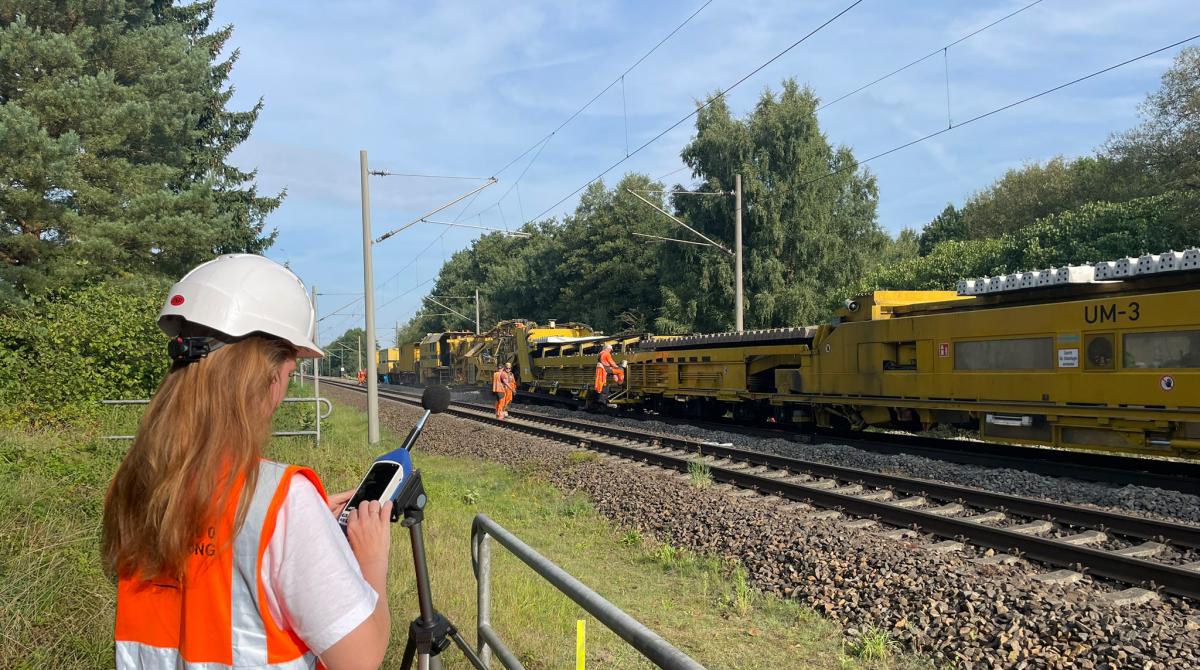Rehabilitation of the Bell Tower in the Piaristen College Krems
The bell tower of the Piaristen college in Krems, a significant building from the early 18th century had to be urgently rehabilitated. Over the years water ingress had led to considerable damage at the load-bearing timber structure, which caused an inclination of the tower. This inclination not only affected the statics but also the adjacent façade structure, in particular the cornice and the elaborately designed foliage capitals.
Main focus. Structural Engineering
Location. Krems, Lower Austria
Client. Piaristenkollegium Krems
ParticipatingCCs. CC Building Design

FCP took over monument preservation for the Piaristen college Krems. A careful survey was the basis for the restoration works. A special focus was on the dendrochronological age measurement of the constructive timber elements to determine the exact age of the building components and to create a well-founded basis for decision-making for the rehabilitation.
The objective of the measures was the preservation of the historic substance as well as the cautious exchange of irreparably damaged building components. The new covering of the spire with copper sheet sustainably protects the structure against future weather damages. At the same time the heavily damaged cornice parts and foliage capitals were restored by specialized restorers to maintain the original magnificence of the ornamental elements.
The façade areas were also comprehensively rehabilitated. After thorough cleaning and appraisal, the plastering was restored, before a top-quality façade painting with lime putty was applied. This traditional technique not only ensures optic approximation to the historic appearance but also a sustainable breathability of the façade structure.
Due to the close coordination with the authorities and the application of ultramodern techniques the historic impression of the bell tower could be preserved and at the same time secured for the future. The rehabilitation is a successful example how tradition and innovation can go hand in hand to preserve valuable cultural assets.







